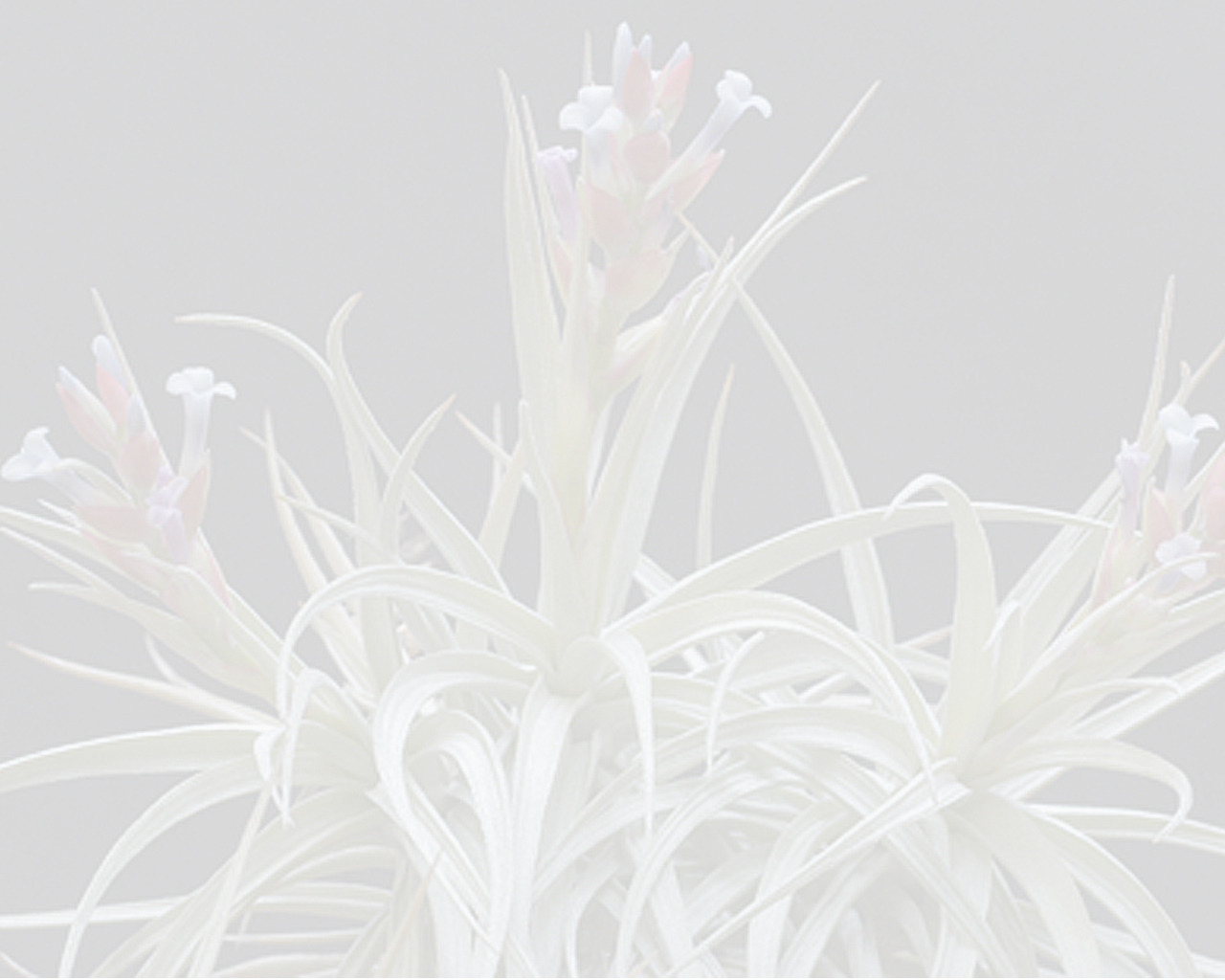


plant stemless, but with a short rhizomatous base. leaves numerous, forming a big, erect, funnelform rosette up to 60 cm high and 1.2 m in diameter; sheath up to 18 cm long and 12 cm wide, inconspicuous, dark-brown lepidote above; blade ligulate, 50–70 cm long, up to 6 cm wide, acute, green, nearly glabrous above and adpressed white lepidote. inflorescence: peduncle erect, up to 3 cm thick (at the base), shorter than the rosette leaves; peduncle bracts densely imbricate, the basal ones subfoliate, the upper ones long-triangular-acute, up to 9 cm long, erect, lepidote beneath; fertile part erect, laxly-pyramidal, twice-branched, up to 70 cm long and 40 cm wide, with numerous, ascending-erect primary branches, the basal ones up to 30 cm long; inflorescence* axis erect, thick, glabrous, white, somewhat angled; primary bracts triangular-acute, lepidote beneath, as long or longer than the leafless, basal, flattened, up to 4 cm-long part of the primary branches; basal primary bracts greenish, the upper ones pure white, lepidote beneath; secondary bracts loosely distichous, similar to the floral bracts; terminal spike of the primary branches up to 20 cm long and 4.5–5 cm wide7 with 20–30 flowers; secondary spikes shorter and less rich-flowering; spikes rachis flexuous, distance between the flowers in living material 0.3–0.5 cm, in herbarium material 0.7–1 cm; floral bracts horizontally spreading, cucculate, acute, 1.5 cm long, 1 cm wide, ecarinate inconspicuously carinate, coriaceous, glabrous, even laxly lepidote within, strikingly creamy-white when alive; the bases of the floral bracts joined with the rachis and overlapped by the following bracts; all bases of the floral bracts of one spike forming a distinctly engraved zig-zag line running down the middle of the rachis on both sides; the pouches of the floral bracts are not as deep as in the var; magnifica and are not enfolding the adaxial side of descending order flowers; these with a distinct, divergent, stout, 0.3–0.5- cm long pedicel, which is plainly seen in dried material. flowers: sepals long-lanceolate, up to 2.3 cm long and 0.7 cm wide, obtuse, coriaceous, even, much longer than the floral bracts, the adaxial ones inconspicuously carinate, free, creamy-white, postfloral turning to light green. flowers not seen, but probably of the same shape and color as in the var; magnifica. stamens and style deeply included. fruits up to 4 cm long, 3-angled, acute, green.Edited from (02-03-2023): Rauh 1985b. Bromelienstudien (Mitteilung 17). I. Neue und wenig bekannte Arten aus Peru und anderen Lšndern .